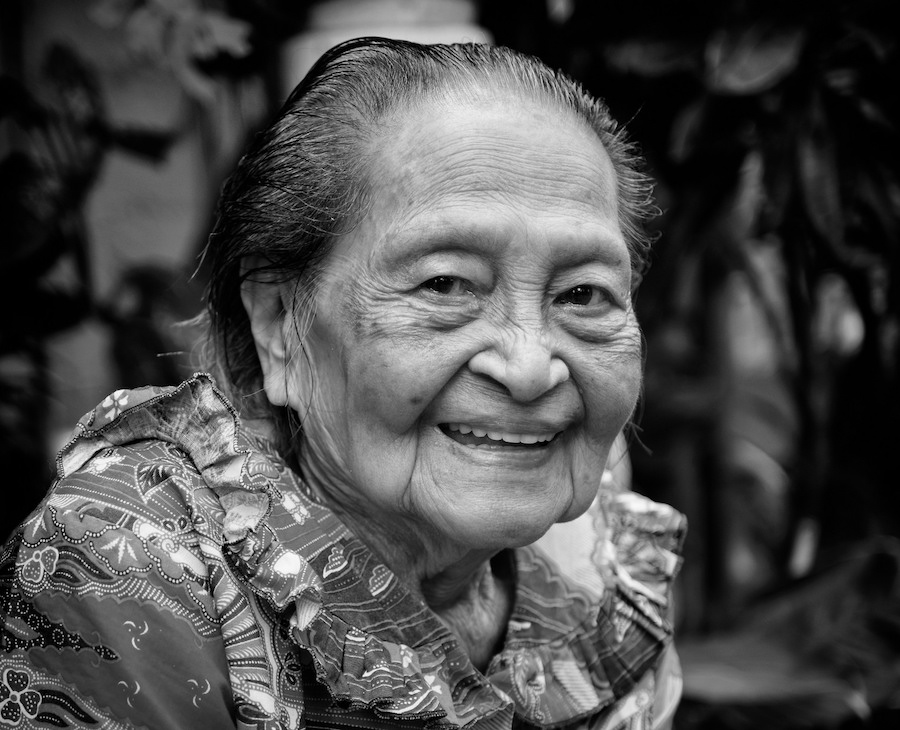Isolation is a serious problem for seniors. It's estimated to impact 17 percent of Americans over 50, according to a report by AARP, Inc., a group based in Washington, D.C., that lobbies on behalf of seniors. The primary risk factors for isolation include living alone after a divorce, the death of a spouse, mobility or sensory impairment, and being a caregiver.
As Baby Boomers become seniors, some are creating non-traditional housing arrangements to alleviate social isolation and create communities of mutual support and friendship.
Here are three of our favorites:

Oakcreek Community senior cohousing in Stillwater, Oklahoma.
Cohousing provides community-based living for people of all ages, but senior cohousing presents a particularly interesting option. In cohousing communities, numerous homes are built around common areas that include eating and gathering spaces, gardens, and shared outdoor spaces. These communities, which rely on community members rather than administrators to lend a hand when needed, provide social engagement, support, and a sense of belonging.
Shareable connected with Anne P. Glass, professor and gerontology program coordinator at the University of North Carolina, Wilmington, about why the senior cohousing model is so appealing, what senior social networks look like in practice, and why we need to get rid of ageist stereotypes.

Photo by Patrick via Flickr.
Sharing a house is generally thought of as something young people do. But senior house sharing is a model for seniors who want companionship but aren't a good fit for cohousing. House sharing is an easy-to-implement solution to isolation.
"I like the fact that my homemate idea is relatively simple," Annamarie Pluhar, shared housing advocate and author of Sharing Housing: a Guidebook for Finding and Keeping Good Housemates, says. "It doesn't require the infrastructure of cohousing, zoning, built environment — it's about sharing housing."
Pluhar offers numerous tips and insights about everything, from finding the right housemate to handling household finances.

Photo by STL Village.
Senior Villages are networks of peers, volunteers, and professionals who can be accessed through one central phone number. Seniors can easily get help with everything from changing a lightbulb to getting a ride to the doctor.
Started in Boston, Massachusetts, in 2002, the Senior Village movement now has 215 villages, spread out across the U.S., Canada, Australia, and the Netherlands. There are 130 more in development. Shareable spoke with Natalie Galucia, executive director of the Village to Village Network — an organization based in St. Louis, Missouri, that helps communities establish and manage their own senior villages — about what makes a successful village, the challenges and vision of this movement, and how people can get involved.
Header photo by David Guyler via Flickr. Follow @CatJohnson on Twitter









